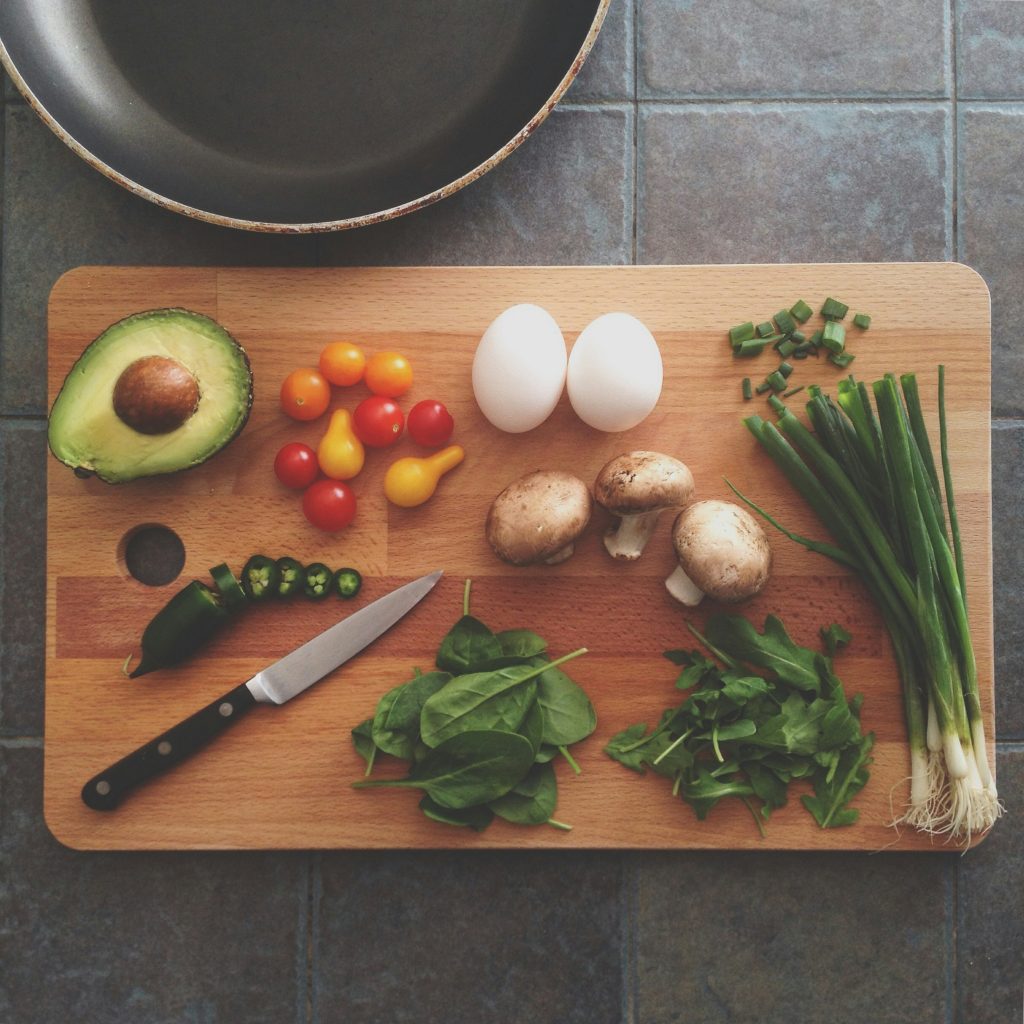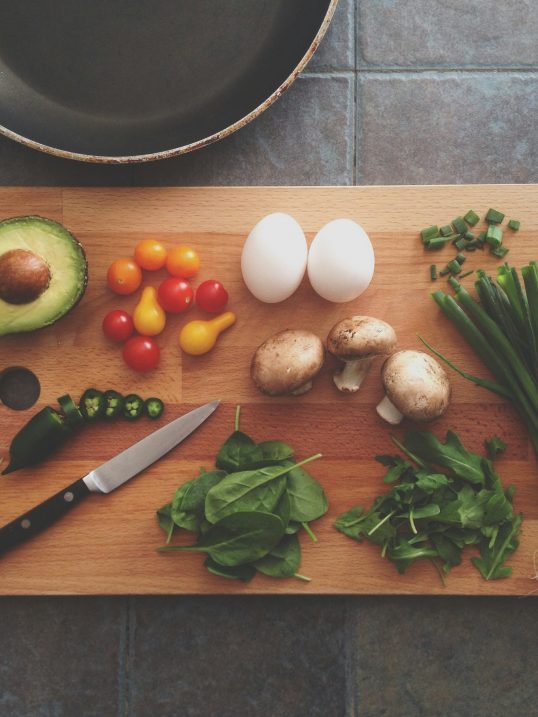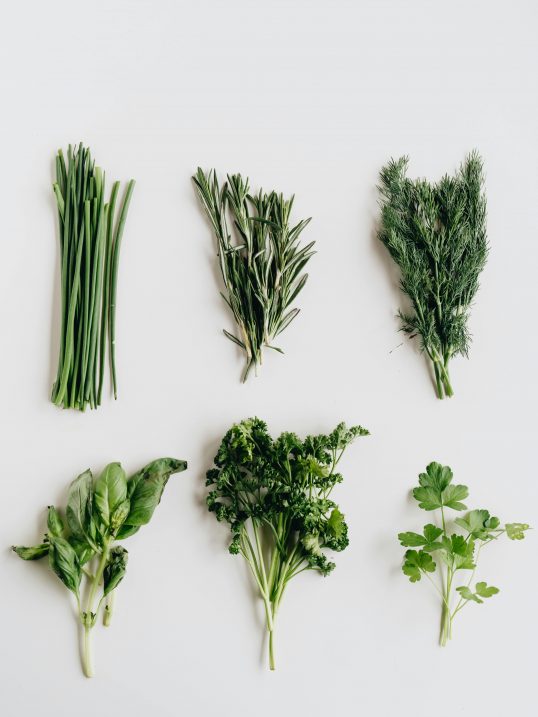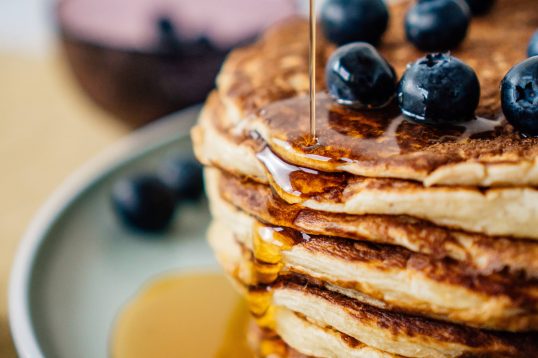A quality cutting board is a kitchen staple, and the type of wood you choose affects knife maintenance, food safety, and overall durability.
This guide explores the best woods for cutting boards, helping you select the perfect one for your kitchen needs.
Best Wood Materials for Cutting Boards
Understanding the characteristics of different wood species is essential for making an informed decision. Each type of wood offers unique benefits that cater to different cooking styles and preferences.
Maple (Hardness: 1,450 Janka)
Maple, particularly hard maple, is widely considered the gold standard for wooden cutting boards.
Why it’s recommended: Hard maple offers the ideal balance of durability and knife-friendliness. Its tight grain structure resists bacteria and moisture absorption while providing enough give to prevent excessive knife dulling. The light, neutral color works well in any kitchen and doesn’t show stains easily.
How to care for it: Oil your maple cutting board every 3-4 weeks with food-grade mineral oil. Clean with warm soapy water after each use, never soak, and dry thoroughly. Occasionally treat with a mixture of beeswax and mineral oil (board cream) to maintain water resistance.
Walnut (Hardness: 1,010 Janka)
American black walnut offers a beautiful dark color combined with excellent cutting surface properties.
Why it’s recommended: Slightly softer than maple, walnut is exceptionally gentle on knife edges while remaining durable. Its rich, dark color hides stains well and develops a beautiful patina over time. The natural oils in walnut provide some inherent moisture resistance.
How to care for it: Oil every 2-3 weeks, as walnut may require slightly more frequent maintenance than maple. Use the same cleaning procedures as maple, but be aware that acidic foods may show more prominently on its darker surface initially.
Cherry (Hardness: 995 Janka)
Cherry wood provides a warm, reddish-brown hue that darkens beautifully with age.
Why it’s recommended: With similar hardness to walnut, cherry offers excellent knife-friendliness. Its moderate density provides durability without excessive hardness. The distinctive color adds warmth to kitchen aesthetics and deepens over time to a rich reddish-brown.
How to care for it: Oil every 2-3 weeks with food-grade mineral oil. Clean promptly after use, especially with acidic or pigmented foods, as cherry can be slightly more prone to staining than maple.
Beech (Hardness: 1,300 Janka)
Beech offers excellent value with good performance characteristics.
Why it’s recommended: Similar in appearance to maple but typically more affordable, beech provides good hardness and durability with a tight grain structure. It’s an excellent entry-level hardwood cutting board that performs well in most kitchens.
How to care for it: Beech requires similar care to maple—oil every 3-4 weeks and clean with warm soapy water. It may require slightly more frequent oiling than maple as it can be more prone to drying out.
Teak (Hardness: 1,070 Janka)
This tropical hardwood has natural oils that make it exceptionally water-resistant.
Why it’s recommended: Teak’s high natural oil content makes it naturally water-resistant and low-maintenance. It resists warping, cracking, and bacteria better than many other woods. The distinctive grain pattern and warm golden color make it visually appealing in any kitchen.
How to care for it: Requires less frequent oiling than other woods—every 4-6 weeks is typically sufficient. Clean with warm soapy water and dry thoroughly. The natural oils can sometimes leave a slight residue, so a quick vinegar wipe can help keep the surface clean.
Acacia (Hardness: 1,750 Janka)
Increasingly popular, acacia offers distinctive grain patterns and excellent durability.
Why it’s recommended: Acacia’s striking grain patterns and color variations make it an attractive option. Its exceptional hardness provides durability, while its density helps resist moisture absorption and staining. Often harvested sustainably, it’s an eco-friendly choice.
How to care for it: Oil every 3-4 weeks and clean with warm soapy water. Due to its hardness, acacia can be slightly more abrasive on knife edges, so proper technique and regular knife sharpening are important.
My Favorite Wood Cutting Board
While the wood species is crucial, the craftsmanship and quality of construction can vary significantly between manufacturers. Choosing a reputable brand ensures you get a well-made cutting board that will stand the test of time.
Superior Wood Co
Superior Wood Co is a Michigan-based manufacturer that focuses on handcrafted end-grain cutting boards. Named after Lake Superior, the company emphasizes traditional craftsmanship and domestic sourcing.
Manufacturing approach: Every step of their board creation process involves hands-on work. Each piece is individually crafted and inspected, with the company noting that while every board is unique, they ensure each one meets their durability standards.
Sourcing and production: All Superior Wood Co products are made in Michigan, with materials sourced from small companies across the US. This includes their wood, board feet, and beeswax finishing materials.
Wood options: Their end-grain cutting boards are available in three wood types:
- Walnut: Features dark tones with natural grain patterns
- Maple: Offers strength and durability with a light, creamy color
- Cherry: Provides rich red tones and smooth texture
Warranty: The company offers a 1-year warranty covering manufacturer defects on all their cutting boards.
Use code INSIDERS_KITCHEN_20 at checkout for 20% off!
Factors to Consider When Selecting Cutting Board Wood
Beyond choosing the right wood species and brand, several practical considerations will help you find the perfect cutting board for your specific needs and cooking style.
Knife Maintenance
Softer materials like walnut and cherry are gentlest on knives, while harder woods like maple and acacia may dull blades faster. Consider your knives’ quality and how frequently you’re willing to sharpen them.
Food Safety
Non-porous woods with tight grain patterns resist bacteria better. End-grain wood boards allow bacteria to be drawn into the grain and die, rather than remaining on the surface. All wood has natural antimicrobial properties when properly maintained.
Maintenance Requirements
Consider how much maintenance you’re willing to perform. Some woods like teak require less frequent oiling, while others like cherry may need more regular attention to maintain their best condition.
Durability and Longevity
Higher-quality woods generally last longer. End-grain wooden boards can last generations with proper care, while edge-grain boards, though still durable, may show wear more quickly.
Aesthetic Preferences
Each wood offers unique visual characteristics. Maple provides a clean, light appearance, walnut offers rich dark tones, and cherry develops a beautiful reddish patina over time. Consider how your cutting board will look in your kitchen.
Environmental Impact
Consider the environmental footprint of your board. Domestically harvested woods like maple are more sustainable than some tropical hardwoods. Look for certifications like FSC to ensure responsible forestry practices.
Caring for Your Wood Cutting Board
Proper maintenance is essential to preserve your cutting board’s appearance, functionality, and food safety. Following these care guidelines will ensure your investment lasts for years to come.
Regular Oiling
Apply food-grade mineral oil every 2-4 weeks depending on use and climate. Pour oil onto the surface and spread with a clean cloth, allowing it to soak in for several hours or overnight. Wipe off excess oil before using.
Cleaning Methods
Scrape off food debris, then wash with warm soapy water using a soft sponge. Never soak wood boards or put them in the dishwasher. Dry immediately with a towel and allow to air dry completely before storing.
Sanitizing Procedures
For deeper cleaning, especially after raw meat contact, use one of these methods:
- Wipe with a solution of 1 part white vinegar to 4 parts water
- Spray with hydrogen peroxide (3%), let sit briefly, then rinse
- Scrub with half a lemon and coarse salt, then rinse
Odor Removal
For persistent odors, sprinkle coarse salt over the board, rub with half a lemon, and let sit for 5-10 minutes before rinsing. Baking soda paste can also help neutralize odors.
Surface Restoration
When your board develops knife marks and scratches, you can restore it by:
- Light sanding with fine-grit sandpaper (220-320 grit)
- Washing thoroughly to remove dust
- Re-oiling completely
Proper Storage
Store boards upright or flat in a dry area with good air circulation. Avoid leaning against hot appliances or storing in high-humidity areas. Never leave wet boards flat against countertops.
End-Grain vs. Edge-Grain: What’s the Difference?
Understanding the construction methods used in cutting boards helps explain the price differences and performance characteristics you’ll encounter when shopping.
End-Grain Cutting Boards
End-grain boards are constructed by arranging wood blocks so that the grain runs vertically (like the end of a log). These boards:
- Show a distinctive checkerboard pattern
- Are gentler on knife edges as fibers separate when cut
- Self-heal better as wood fibers close back together after cutting
- Are typically thicker and more durable
- Require more craftsmanship to produce
- Command premium prices
Edge-Grain Cutting Boards
Edge-grain boards are made with wood strips arranged so the edge grain faces up. These boards:
- Show the long grain pattern of the wood
- Are less expensive to produce
- Are more resistant to warping
- Show more visible knife marks over time
- Are typically lighter and easier to handle
Most professional chefs prefer end-grain boards for their knife-friendly properties and longevity, while edge-grain boards offer good performance at a lower price point.
Takeaway
The best wood for cutting boards balances hardness, porosity, maintenance requirements, and knife-friendliness. Hard maple remains the gold standard, but walnut, cherry, and other quality options provide excellent alternatives depending on your specific needs and preferences.
A quality wood cutting board is an investment that, with proper care, will serve your kitchen for decades. Whether you choose the traditional reliability of maple, the elegant appearance of walnut, or the premium craftsmanship of Superior Wood Co, selecting the right wood and brand for your cutting board will enhance your cooking experience while protecting your knives. Remember that proper maintenance and care are just as important as your initial selection in ensuring years of reliable service from your wooden cutting board.






